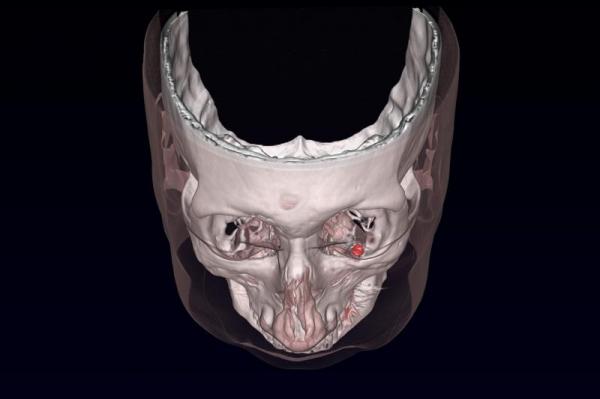
June 27 (UPI) — Scientists are using magnetic implants inserted behind the eye to treat nystagmus, a condition causing involuntary eye movements or dancing eyes.
The study by the University College London and the University of Oxford used a newly developed set of magnets in the socket beneath each eye of a patient with nystagmus to control eye movement through oculomotor prosthesis.
“Nystagmus has numerous causes with different origins in the central nervous system, which poses a challenge for developing a pharmaceutical treatment, so we chose to focus on the eye muscles themselves,” Dr. Parashkev Nachev of the UCL Institute of Neurology, said in a press release. “But until now, mechanical approaches have been elusive because of the need to stop the involuntary eye movements without preventing the natural, intentional movements of shifting gaze.”
Researchers developed a prosthesis involving one magnet implanted on the orbital floor that interacts with a smaller magnet sutured to one of the extraocular muscles, which control the movement of the eyes.
The prosthesis was implanted in a patient with nystagmus. Testing showed that the patient’s overall visual acuity was improved substantially and there were no negative side effects over four years of follow-up reports.
The study was published June 23 in Ophthalmology.



